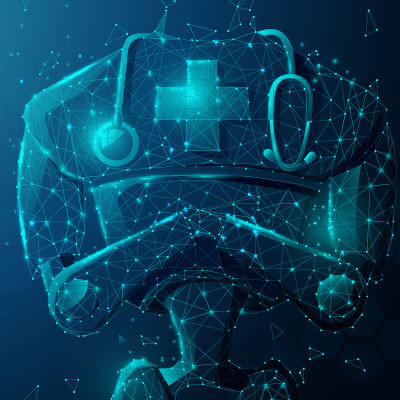Healthcare is one channel where data continues to flow in and today’s technology is using some new innovations to keep up with provider demands. AI is one of the most transformative technologies in recent times, but understanding how healthcare benefits from it is important to get the most out of it. Today, we take a look at how AI is being used in healthcare.
Computerware Blog
Healthcare is undoubtedly one of the hot-button issues in 21st century life. In the past, information technology has been a driving force in the improvement of primary care, but there is evidence that IT integration and innovation have both regressed. Today, we take a look at some of the technologies that are being leveraged by healthcare organizations.
For many industries, technology has been extremely important to the expansion and innovation of their processes and outcomes. This is especially true in the case of the healthcare industry and the advancements made to medical IT. Particularly, this has given patients a far greater scope of control over their medical records - something that healthcare providers must remain aware of to leverage these changes to their advantage.
The healthcare industry is notorious for its reliance on technology these days. With so many compliance laws and procedures that must be followed in the correct way, many businesses have turned to technology to make their jobs easier. Medical IT in particular can create a lot of concerns regarding infrastructure design and data sharing. How can innovations in artificial intelligence change this? Let’s find out.
The healthcare industry is heavily reliant on its IT. Before 2009, there were scant traces of information technology making its way into healthcare organizations in the United States, but in 2009 there was a major shift after the 111th U.S. Congress passed the Health Information Technology for Economic and Clinical Health Act (HITECH Act) as a part of the American Recovery and Reinvestment Act of 2009. Today, IT in the health industries is prevalent, and mostly expected.
Regulations are put on certain data constructs for a reason: the data within is sensitive. Today, there are seemingly more regulations than ever, and as the GDPR kicks in for organizations that deal with EU-based organizations, we thought it would be a good time to talk about how to navigate these highly-regulated environments to ensure success and security.
Compliance can be difficult for some businesses. They might know that it’s a necessity--and may even know what they have to do--but they just have trouble implementing practices that are designed to guarantee the meet their regulatory responsibilities. HIPAA and HITECH compliance laws in particular are difficult to navigate, and the results of failing to adhere to them can be dire.







